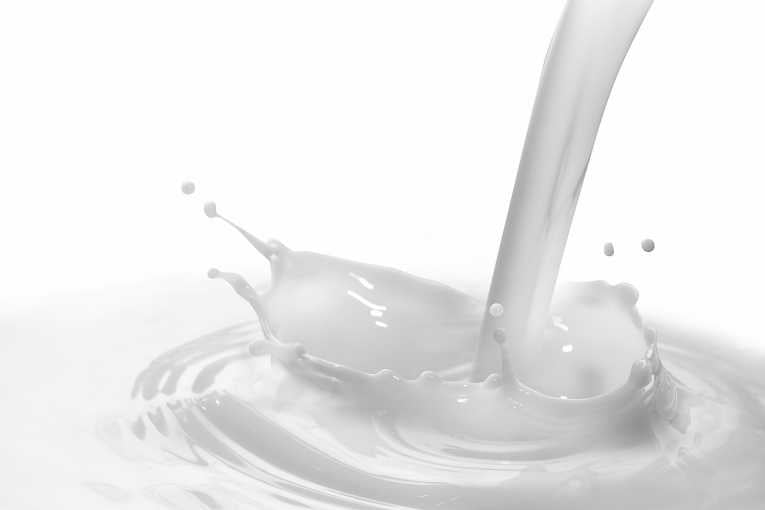Three children have died and another thirty-five have suffered food poisoning after drinking bulk milk from two local dairies in Gansu province in northwest China. An initial investigation suggests that the victims were poisoned by nitrite-tainted milk, Xinhua News Agency reported. Nitrite is used for curing meat.
According to the news agency most of the victims were mostly children under 14 and they are now being treated in two hospitals in Pingliang city. One of the patients is reportedly in a critical condition while the other cases remain stable.
For centuries, meat has been preserved with salt, which prevents growth of some types of bacteria that are responsible for meat spoilage. As use of salt as a meat preservative spread, a preference developed for salts which produced a pink colour and special flavour in meat. Today, nitrite salts are normally used for food curing. In a series of chemical reactions, the nitrite is converted to nitric oxide, which combines with myoglobin, the red pigment responsible for the natural red colour of uncured meat. The reaction produces a deep red colour that changes to bright pink when heated during the smoking process.
Within the European Union, the directive 2006/52/EC sets out the regulations for use of nitrite in meat products. An online document produced by the University of Michigan, reports that the fatal dose of sodium nitrite is in the range of 22 to 23 milligrams per kilogram of body weight. However, lower doses of this substance have caused acute methemoglobinemia, particularly in infants. Methemoglobinemia is a blood disorder in which the haemoglobin loses its ability to carry oxygen around the body.
The authorities in China have only last week ordered 426 diary firms to halt production as a part of a campaign to clean up the industry. The two diaries responsible for the nitrite food poisoning were sealed off after the accident and their managers were being probed.










